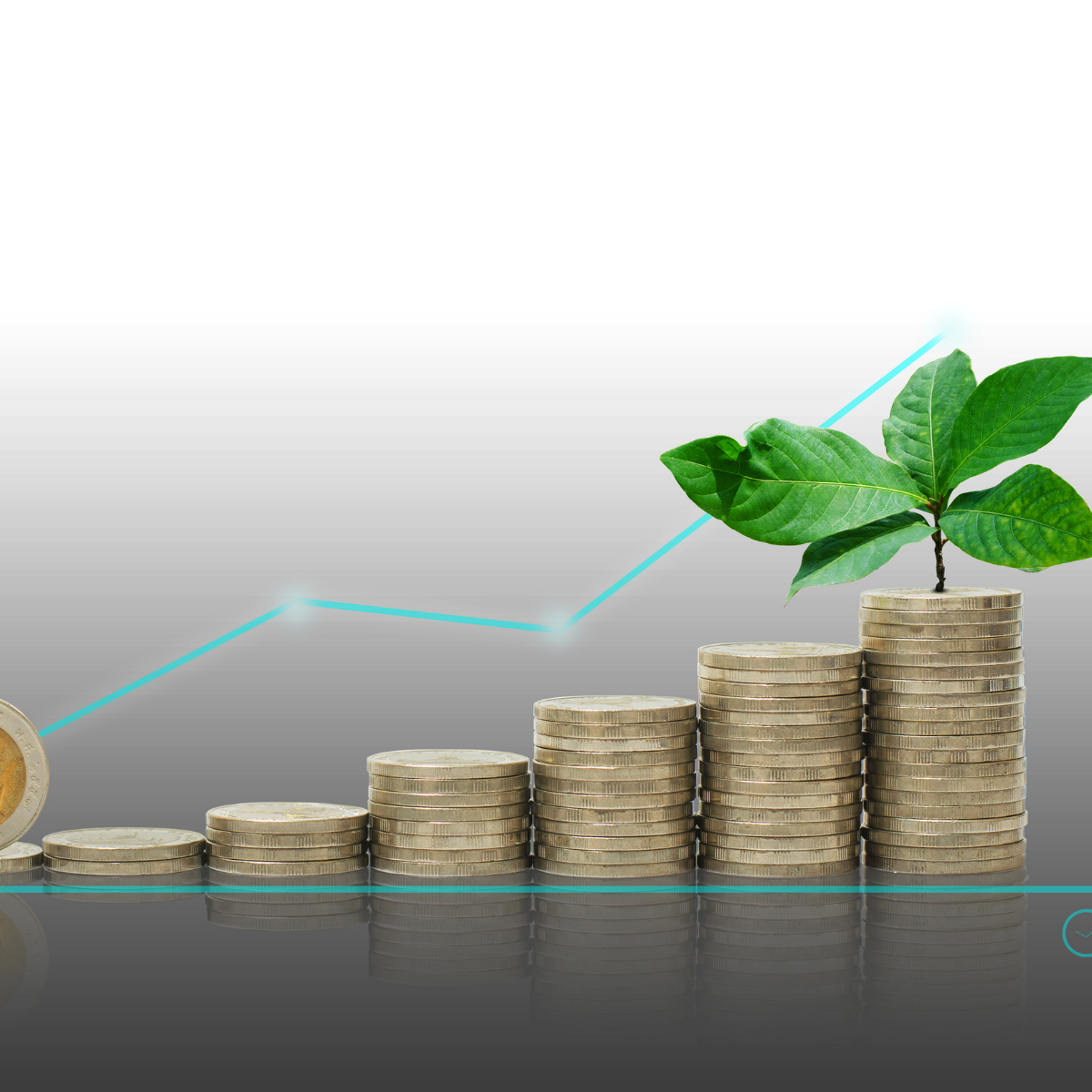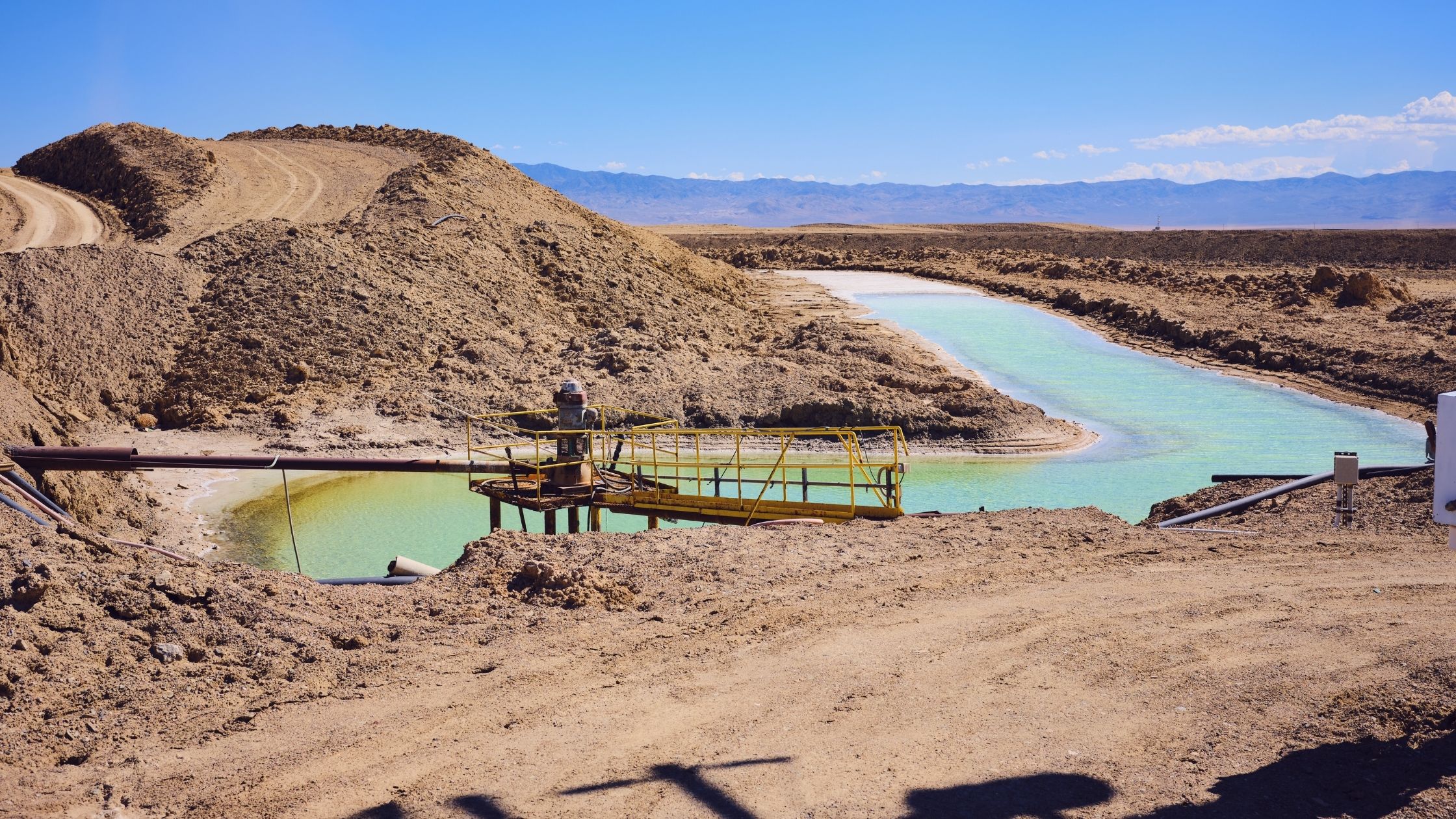
The Problem with ESG Scores
What’s happening? ESG ratings should place increased emphasis on CO2 intensity and emissions rather than the current focus on disclosing corporate policy and objectives, according to an Organisation for Economic Co-operation and Development (OECD) report on the Asia Pacific region. The OECD also questioned whether current ESG ratings are “fit for purpose” due to “inconsistencies” and called for improved coordination and transparency. The organisation earlier warned that the variability of ESG ratings, depending on the chosen provider, strengthens the argument for sector regulation. (Responsible Investor)
Why does this matter? ESG concerns play a vital role in a company’s long-term financial resilience, but inaccurate ESG ratings fail to convey this vital information to investors.
Where have we seen this before? Other reports have reached similar conclusions as the OECD – a study last year found that a “quantity bias effect” exists within ESG data, with a correlation between the level of ESG data disclosure and MSCI’s ESG ratings.
When examining the methodology behind MSCI ESG ratings, Bloomberg Businessweek found that, instead of measuring the impact a company has on the Earth and society, ESG ratings measure the risk the world poses to the company. For instance, despite McDonalds’s producing 54 million tons of CO2 emissions in 2019, MSCI upgraded its rating after determining climate change did not pose a risk to the firm’s profits.
Lack of correlation – Various ESG ratings providers have differing methodologies, and this can be reflected in the low levels of correlation between the ratings they provide. MIT research found the correlation between six major ESG ratings agencies, including MSCI, Moody’s and Refinitiv, to be 0.61 (with 1.00 representing a perfect correlation and -1.00 a perfect negative correlation). In comparison, the three largest credit ratings agencies are correlated between 0.94-0.96 on their debt ratings.
This divergence not only creates confusion for sustainable investors, but could also dampen firms’ motivation to improve their ESG performance, since it is not clear what they should focus on.
Conflicts of interest – The International Organisation of Securities Commissions (IOSCO) has said potential conflicts of interest can arise since ESG ratings and data providers may offer other services to companies relating to the ESG performance. For instance, providers may assist companies in improving their ESG performance, while at the same time providing ESG rating and data products to these firms. The SEC also recently identified conflict of interest risk in ESG products.
The need for regulation – In November, IOSCO called for ESG ratings and data providers to come under regulatory oversight. Some regulators have responded – in January, India became the first country to propose ESG ratings regulation. The European Securities and Market Authority, meanwhile, has launched a call for evidence on the market characteristics of ESG rating providers.
There is, however, disagreement between ratings providers on the need for regulatory scrutiny. Morningstar, which owns Sustainalytics, has said ESG regulations will be beneficial, while MSCI has warned that standardising ESG ratings would be misplaced.
What can be done? A lack of quality data from companies on ESG issues could be hindering the ability of rating providers to provide accurate products, but the creation of the International Sustainability Standards Board could help address this issue.
Rating providers could also consider ranking firms on “E”, “S” and “G” individually to improve clarity for investors and prevent firms with good environmental performance but poor social metrics from scoring highly on overall ESG. British American Tobacco, for instance, was rated as the third-highest ESG performer in the FTSE 100 by Refinitiv despite the obvious social concerns around its core product.


